
GIOVE A Transmits Loud And Clear
After launch and platform commissioning, GIOVE A started signal transmission on 12 January and the quality of these signals is now being checked. This checking process is employing several facilities, including the Navigation Laboratory at ESA’s European Space Research and Technology Centre (ESTEC), in the Netherlands, the ESA ground station at Redu, in Belgium, and the Rutherford Appleton Laboratory (RAL) Chilbolton Observatory in the United Kingdom.
Chilbolton’s 25 metre antenna makes it possible to acquire the signals from GIOVE A and verify they conform to the Galileo system’s design specifi cation. Each time the satellite is visible from Chilbolton, the large antenna is activated and tracks the satellite. GIOVE A orbits at an altitude of 23 260 kilometres, making a complete journey around the Earth in 14 hours and 22 minutes.
The GIOVE A mission also represents an opportunity for the testing of a key element of the future Galileo system, the user receivers. The first Galileo experimental receivers, manufactured by Septentrio of Belgium, were installed at the Redu and Chilbolton In Orbit Test Stations and at the Guildford, United Kingdom, premises of Surrey Satellite Technology Limited (SSTL), the manufacturer of the satellite and now in charge of its control in orbit.

PCI Geomatics supports CARTOSAT-1 satellite data
PCI Geomatics announced that it has entered into a memorandum of understanding with Antrix Corporation Ltd. to develop an interface that integrates CARTOSAT-1 satellite data products in Geomatica, PCI Geomatics image-centric geospatial software. Antrix, a corporate arm of the Indian Space Research Organization (ISRO), launched the CARTOSAT-1 satellite on May 5, 2005, to provide stereo data for advanced and large scale mapping applications.
www.pcigeomatics.com

Multimap Australasia announces online mapping deal Multimap, one of the online mapping providers, announced the implementation of its online mapping services for the Commonwealth Travel Services Corporation (CTC), at the Travel Distribution Summit in Singapore (14th & 15th February, 2006). Now, customers of one of the largest and most trusted travel and tour operators in Singapore can access content-rich, easy-to-read interactive maps of their…

CRPF vehicles to have GPS sets
The Government of India has decided to introduce GPS sets in all vehicles carrying security personnel of the Central Reserve Police Force (CRPF) in the country. Initially the GPS sets will be installed in 513 vehicles of the CRPF and later it will be introduced in all vehicles. The ministry has decided to provide 23 mine protective vehicles to the CRPF for counter-insurgency operations. The government has decided to arm its paramilitary forces with hi-tech weapons to fi ght the Naxals and insurgents.
www.asianage.com

LEICA SpiderWEB software to track users
Leica SpiderWEB allows the GPS Network administrators to keep track of users, data and downloads. They can conveniently download GPS RINEX observation data for single or multiple stations with just a few mouse clicks. It’s a solution for those who are looking for a fast and easy way to supply customers with GPS reference. It perfectly complements the Leica Geosystems reference stations software product portfolio consisting of Leica GPS Spider and Leica GNSS QC.
Leica Geosystems also presents an extremely powerful data collection and evaluation solution for tunnel construction – from tunnel guidance to the handover documentation. TMS Tunnelscan is the new system module for tunnel scanning within the Leica TMS product family. www.leica-geosystems.com
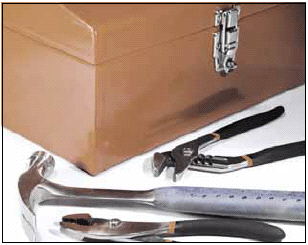
Traditionally GIS are considered to perform four basic functions on spatial data; input, storage, analysis and output. Of these, analysis has received least attention in commercial systems. Typically, a variety of map description and manipulation functions are defi ned by commercial vendors as being “Spatial analysis”, but they have little bearing on the use of this term in the Regional Science Community…
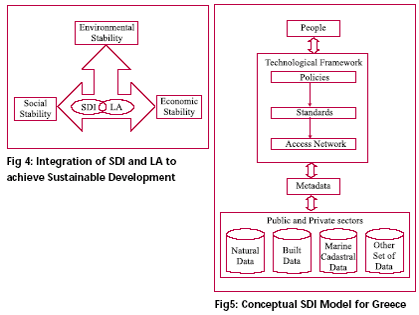
Spatial information plays important role in the development of the social, economic and environmental sectors. Some of the most remarkable applications for geographic information include: crime management, terrorism prevention, land and business development, flood mitigation, and disaster recovery (SDI Cookbook, 2004)…



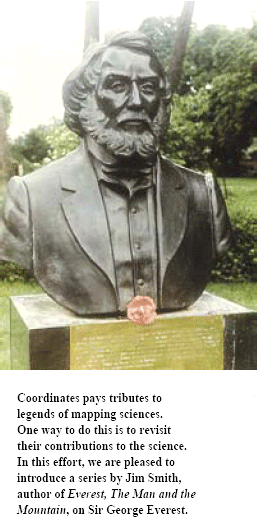

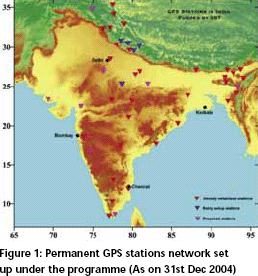
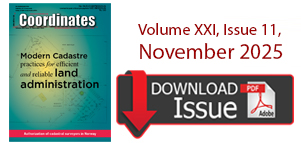

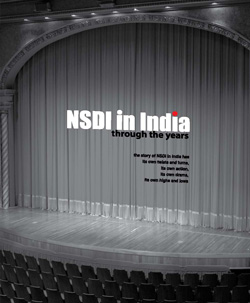




 (5.00 out of 5)
(5.00 out of 5)